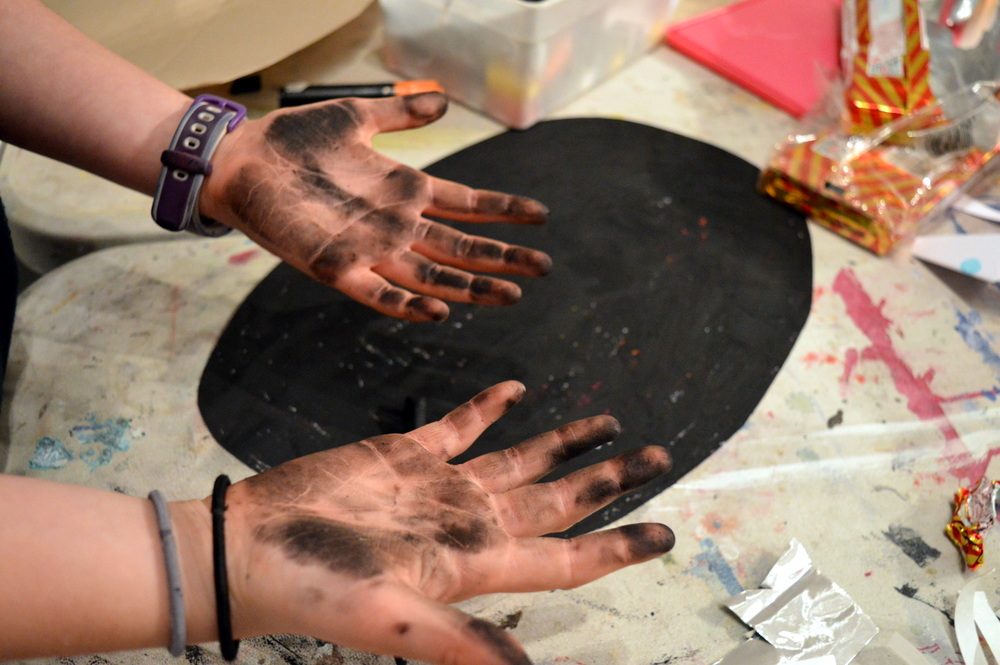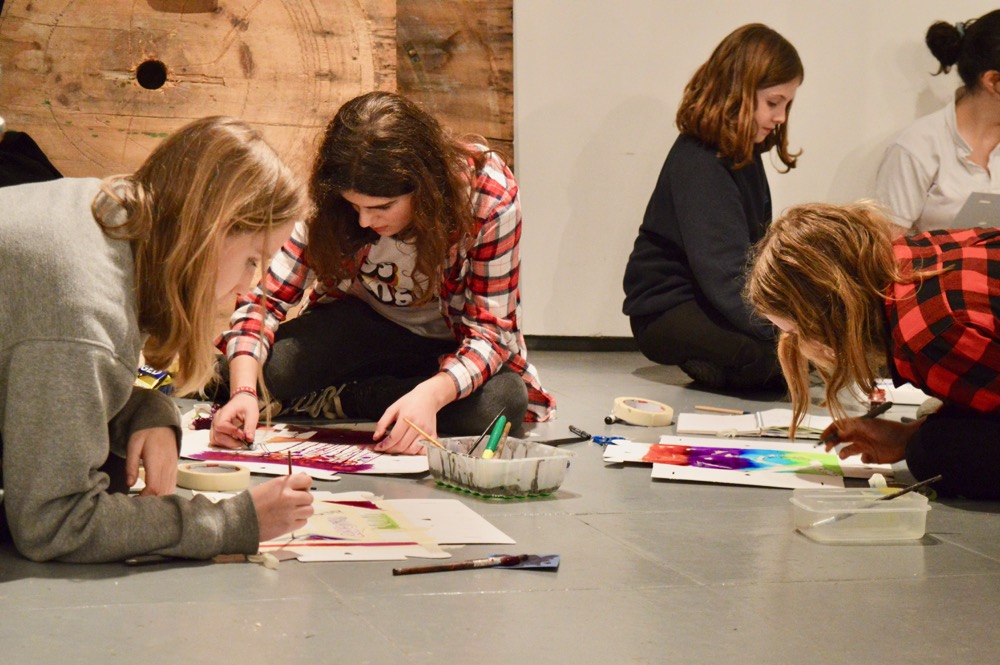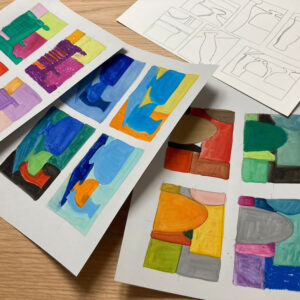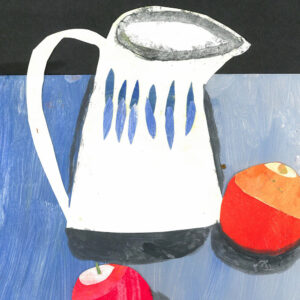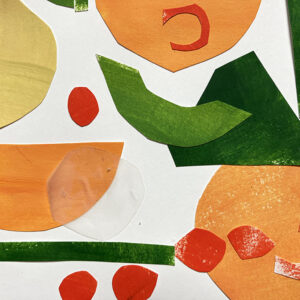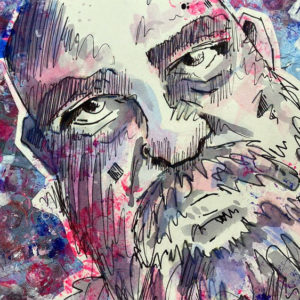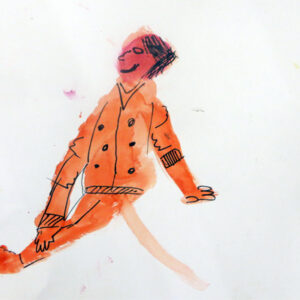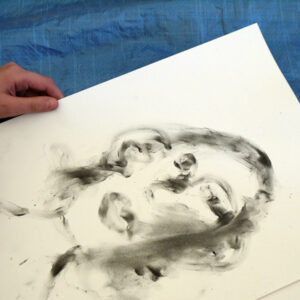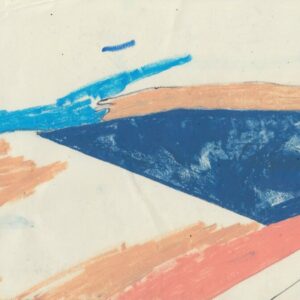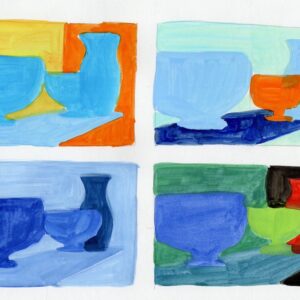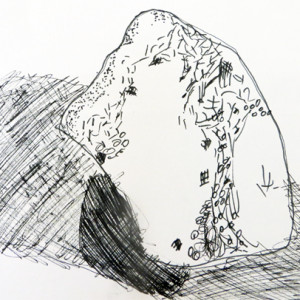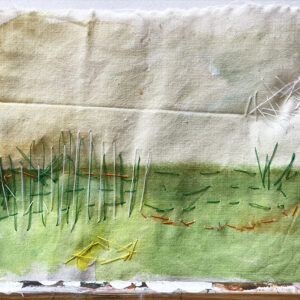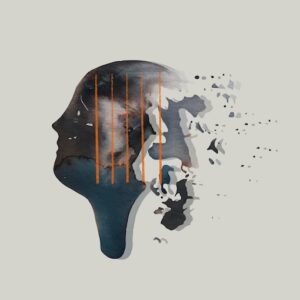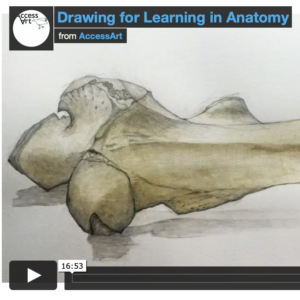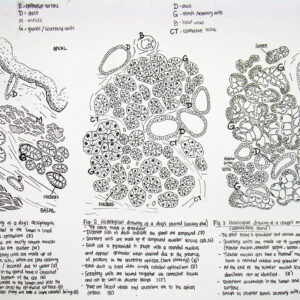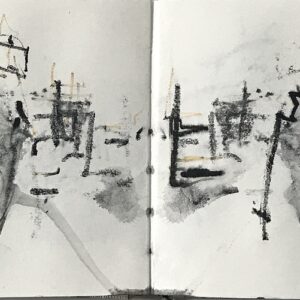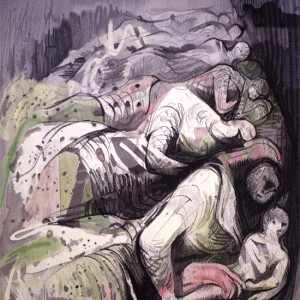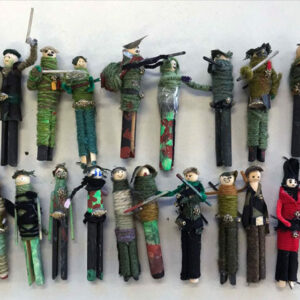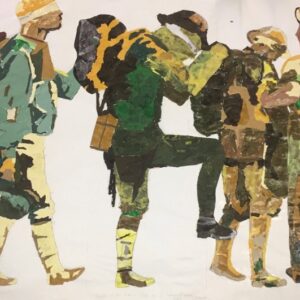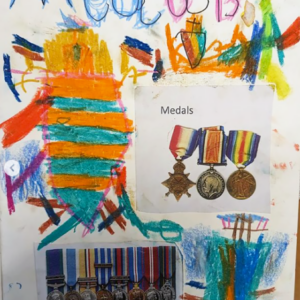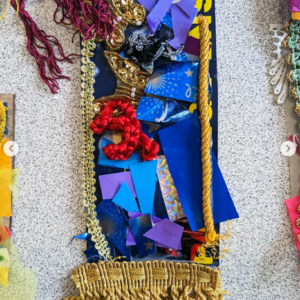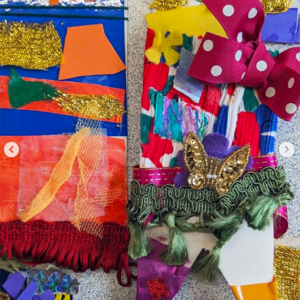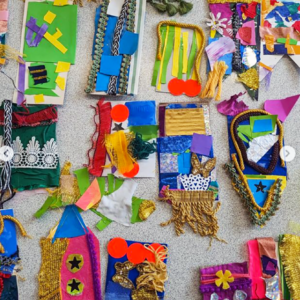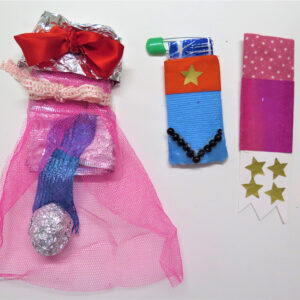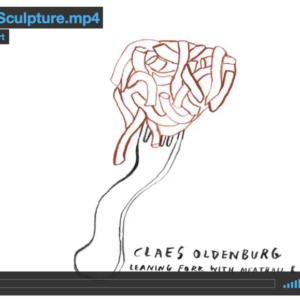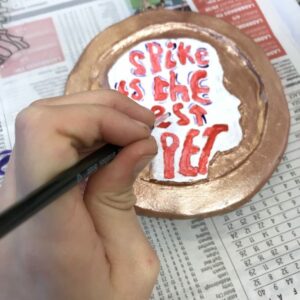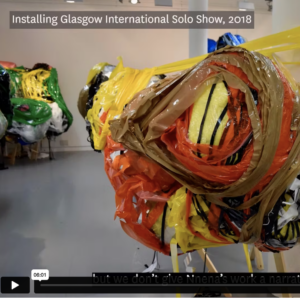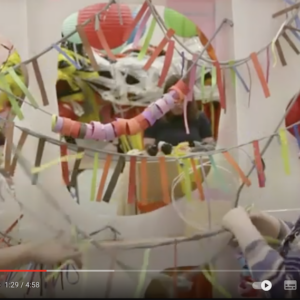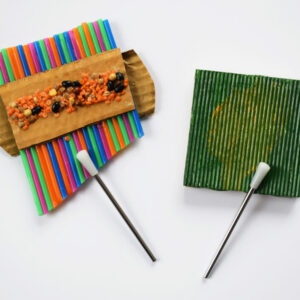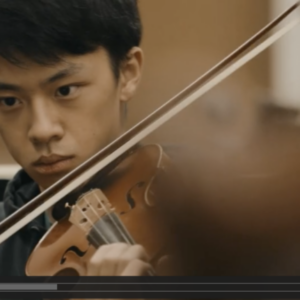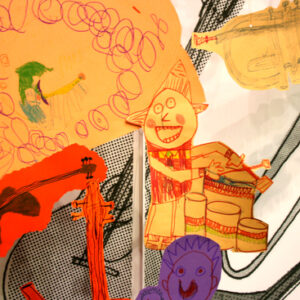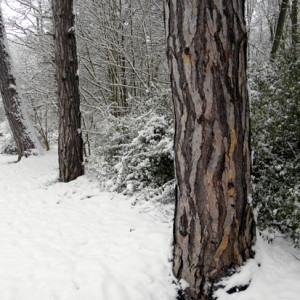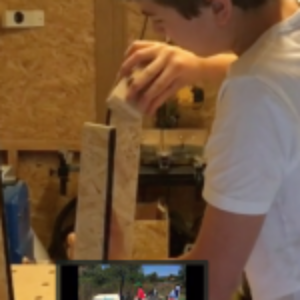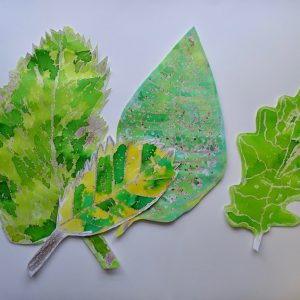By Paula Briggs
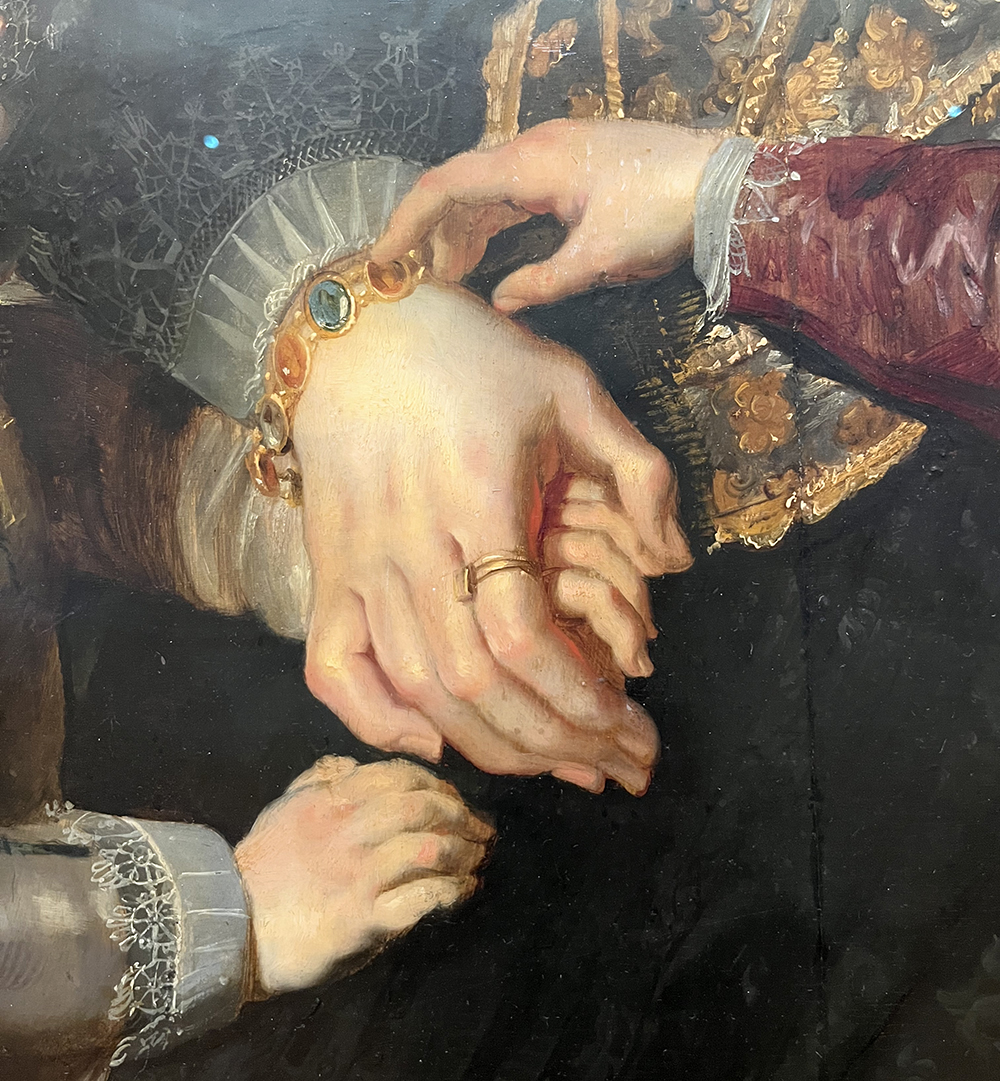
The day after Trump and Zelenskyy stunned the world with their televised argument in the Oval Office, AccessArt ran a “Constructing Positive Social Stories: Acts of Kindness” workshop session at the AccessArt Lab.
The event was one of a number of “Artists & Teachers Exploring Together” sessions, devised by AccessArt to give us an opportunity to think about some of the more philosophical issues behind art education. By working with artists and educators who are open to holding ideas lightly, we hope to collaboratively discover new arts educational approaches and activities, transferable to a variety of settings.
The idea behind this particular session was to explore how we can use making as a tool to help us focus more closely on the positives which surround us everyday, no matter how small. By creating a shared space for making and conversation, we hoped to lift spirits and create a sense of shared experience.
This post shares the session aims, some of the conversational highlights, and observations of the workshop attendees, and my own as facilitator. Thank you to all who attended, and for your generosity.
“A timely workshop this Saturday morning led by AccessArt. Reflecting individually on our own experiences of small kindnesses, and then choosing from a table of materials to abstractly or literally depict these, prompted conversation that magnified the acts beyond their original intent. The joy of creating by hand alongside others, of talking and making sense whilst sculpting and glueing, of sharing in stories of the smallest of acts that had made a difference to someone else… about people feeling seen, loved, heard. I left feeling lighter, more hopeful about the world, and with more generosity towards other drivers on my journey home.”
To access all content, I would like to join as…
AccessArt is a UK Charity and we believe everyone has the right to be creative. AccessArt provides inspiration to help us all reach our creative potential.
